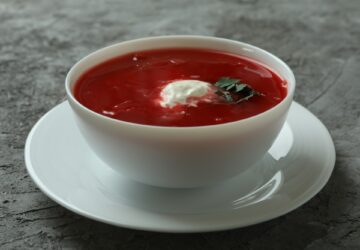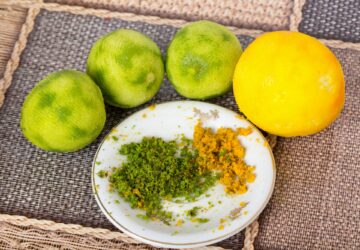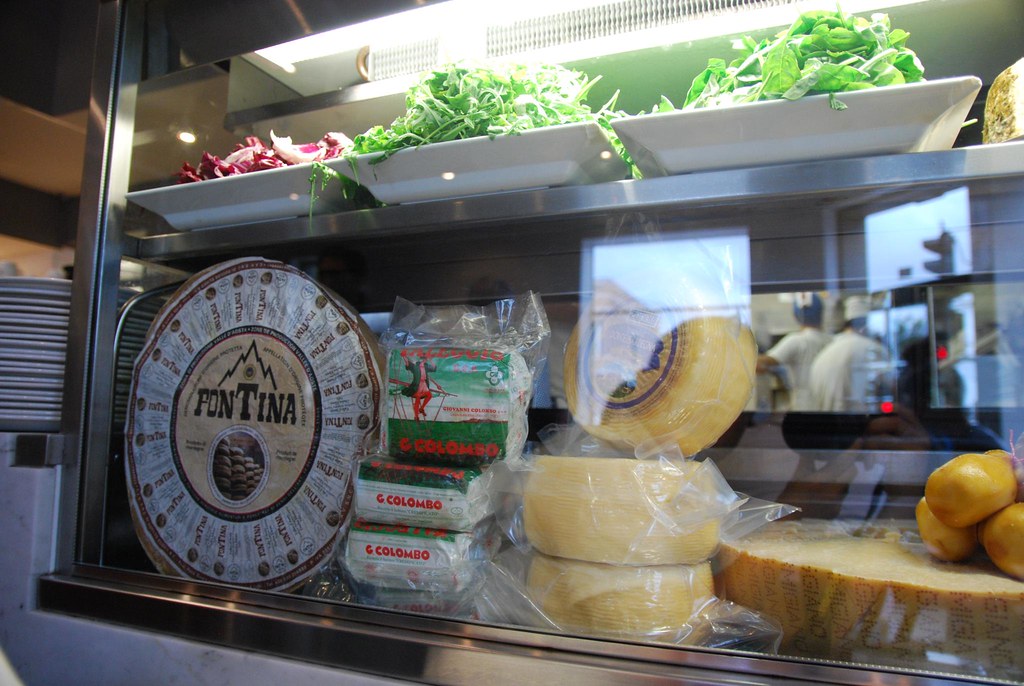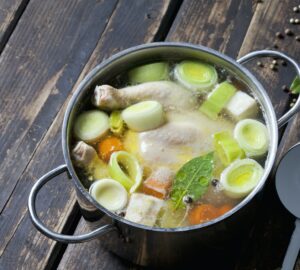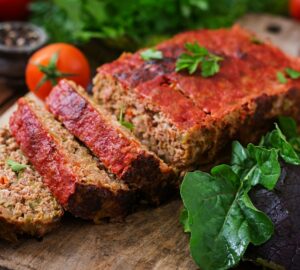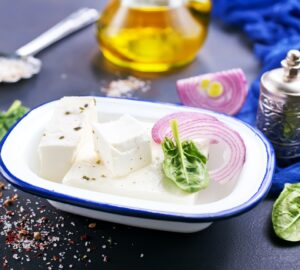Fontina cheese is a semi-soft cheese that is made from cow’s milk and has a rich, nutty flavor with a slightly tangy aftertaste. It is a traditional cheese from the Val d’Aosta region of Italy and has been produced there for centuries. Fontina cheese is known for its smooth, creamy texture and its ability to melt well, making it a popular ingredient in many dishes.
The production of Fontina cheese starts with the collection of fresh cow’s milk from local dairies. The milk is then heated and treated with rennet, which causes it to coagulate. The curds are then cut and drained, and the resulting cheese is placed into molding forms. The cheese is then allowed to drain for several hours, after which it is salted and then aged for a minimum of 60 days. During this aging process, the cheese is regularly turned and brushed to ensure even mold growth and to develop its distinctive flavor.
One of the unique features of Fontina cheese is its appearance. The cheese has a natural rind that is covered with a white mold and is typically a pale yellow color with a few small holes. The cheese also has a soft, flexible texture and is known for its ability to melt well, making it a popular ingredient in many dishes. It is commonly used in fondues, omelets, sandwiches, and grilled cheese, as well as in sauces, soups, and pasta dishes.
Fontina cheese is also known for its rich, nutty flavor, which is due to its aging process. During the aging process, the cheese develops a complex and distinctive flavor that is not found in many other cheeses. The cheese is also relatively high in fat, which gives it a rich and creamy texture. This makes Fontina cheese a great choice for use in cooking, as it adds a rich, nutty flavor to dishes and is able to melt evenly and smoothly, making it ideal for use in sauces, soups, and pasta dishes.
Fontina cheese is also a great source of nutrition, as it is rich in protein, calcium, and other essential nutrients. The cheese is also relatively low in sodium, which makes it a healthier choice than many other cheeses. Additionally, Fontina cheese is gluten-free, making it a good choice for individuals with gluten sensitivities or allergies.
There are many different types of Fontina cheese available on the market, including Fontina Val d’Aosta, which is the traditional and most well-known variety, and Fontina d’Aosta Stravecchio, which is an aged version of the cheese that has a stronger flavor and a more pronounced nutty taste. There are also many imitation Fontina cheeses available, which are often made from a combination of cow’s and goat’s milk, or from other types of milk, and are not authentic Fontina cheeses.
In conclusion, Fontina cheese is a versatile and delicious cheese that is perfect for use in many different dishes. Its rich, nutty flavor and creamy texture make it a popular ingredient in many recipes, and its high nutritional value and low sodium content make it a healthy choice. Whether you are looking to add a delicious and flavorful ingredient to your cooking or are simply looking for a tasty and nutritious snack, Fontina cheese is an excellent choice.
